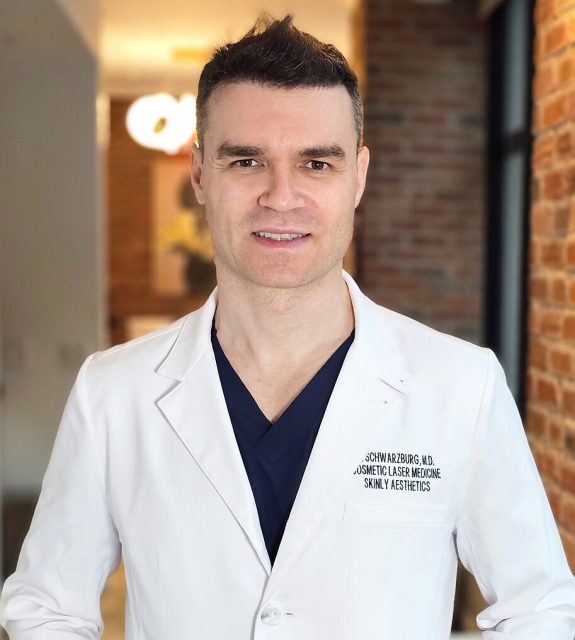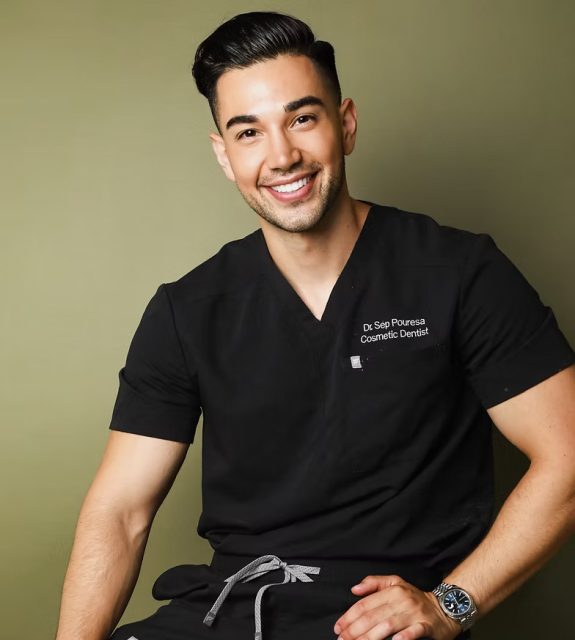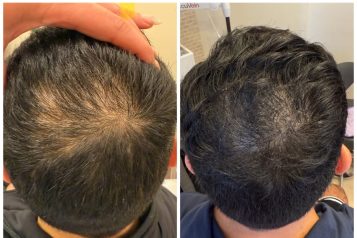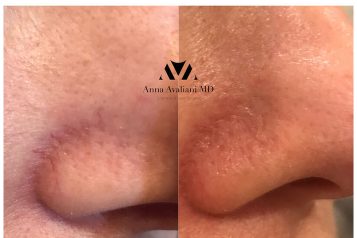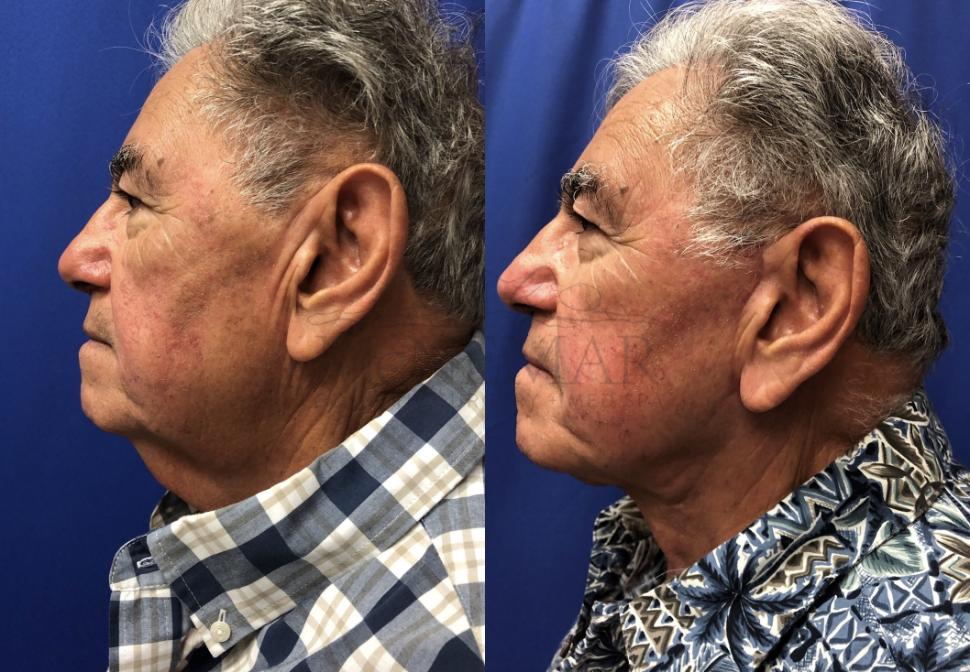
Photo Credit: Dr. Thomas McNemar
We all have our facial rejuvenation goals. Whether it's to have a snatched jawline, get rid of fine lines and wrinkles, or look 10 years younger, we are blessed to say that cosmetic surgery can do the trick. To transform your face today, experts like Haute Beauty expert Dr. Thomas N. McNemar can provide you with options. Two of the most popular are surgical and non-surgical facelifts. As they have their differences, we decided to discuss their advantages to help you understand why Dr. McNemar would recommend one or the other.
What is a Non-surgical Facelift?
A non-surgical facelift includes several minimally invasive procedures that refresh and reset your face. Because the procedure uses only injectables, it’s often called a liquid facelift.
Dermal Fillers
Volume loss and facial lines are not a fun combination, especially when they make you look tired, when you are not. The substance in dermal fillers can create instant volume under the eyes, in the nasolabial folds, and in other areas that have become flat, creased, or hollow-looking with age. Dermal fillers also improve a variety of age-related skin concerns, such as fine lines and wrinkles, thinning lips, sagging cheeks, and more. At Dr. McNemar's med spa, they use Restylane®, an FDA-approved filler that hydrates and restores a youthful-looking fullness to your face.
Neurotoxins
BOTOX® Cosmetic and Dysport® smooth and soften dynamic wrinkles that age your face. These neurotoxins temporarily halt the muscle contractions that lead to expression lines. Like dermal fillers, BOTOX and Dysport are minimally invasive treatments with no downtime needed.

Photo Credit: Courtesy of Dr. Thomas N. McNemar
What is a Traditional Facelift?
Though a traditional facelift can be a more involved and complicated procedure, but you can enjoy long-lasting results. A traditional or mini facelift lifts sagging skin and improves facial contours, turning back the clock by about 12 years. This procedure requires incisions, unlike dermal fillers or neurotoxins, but results generally last 10 years or more. A facelift is typically performed under local anesthesia and can take anywhere from 2 to 6 hours. Your plastic surgeon can make the incisions behind the ears and into the hairline so the scar can be easily hidden.
Plan for around 2 weeks of recovery after your facelift. You can pair dermal fillers or fat injections with your facelift to infuse your face with additional volume.
Fat Injections
Loss of volume in the cheeks, under the eyes, or temples can make your face look drawn and aged. Fat injections use your surplus fat to fill in hollow areas for a more youthful profile. You can use fat injections to fill in facial lines, scars, and lip lines, and it’s often performed to enhance facelift results.
You will need a few weeks to recover after receiving fat injections. Most people only experience mild to moderate swelling and bruising.
Which Procedure is the Best Option for Me?
When choosing between a surgical and non-surgical facelift, one thing to consider is your results' quality and longevity. A non-surgical facelift can give you moderate results with minimal downtime, but you’ll need repeated touch-up sessions to preserve your results. A surgical facelift can give dramatic long-lasting results that require a recovery period.
Our McNemar Cosmetic Surgery + Med Spa team can help you determine the right facelift procedure for you based on your goals and budget. Please request a consultation or call us at (209) 553-3882 to schedule an appointment.
For more information, visit Dr. Thomas McNemar's social media:

















